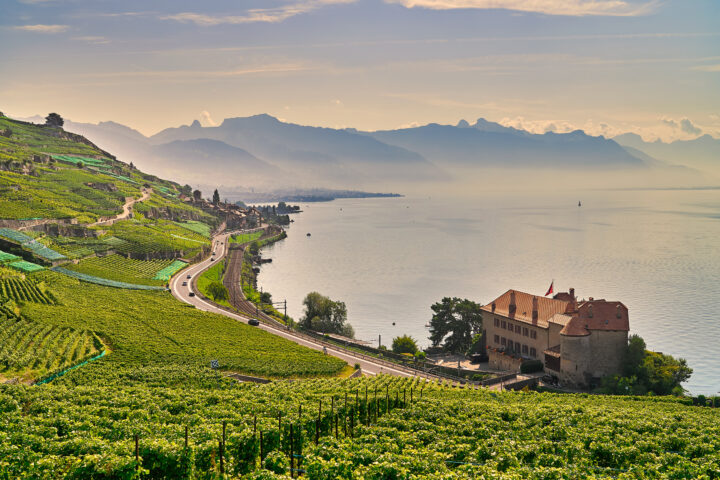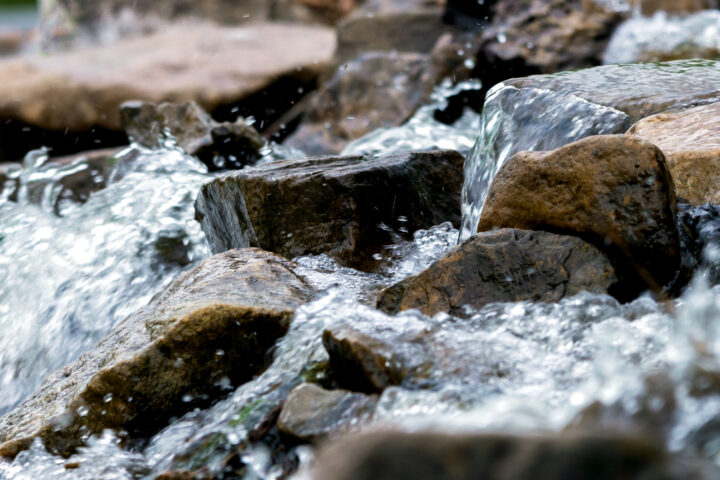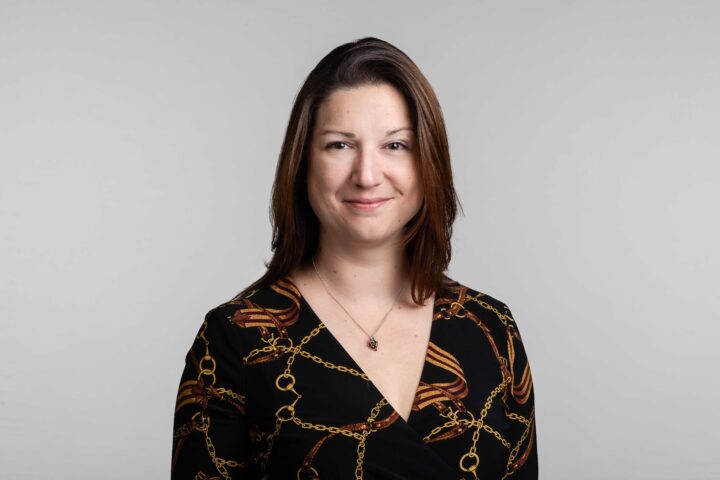
Thresholds, approvals, responsibility – how plant protection products are really assessed
Threshold values are often at the centre of public debate – yet in reality they are only a small part of a much broader risk assessment system. Dr Michael Beer, Head of the Food and Nutrition Division at the Federal Food Safety Office, provides clarity.
Monday, November 17, 2025
In this episode of Agrarpolitik – der Podcast and swiss-food.ch, Michael Beer, Head of the Food and Nutrition Division at the Federal Food Safety and Veterinary Office (FSVO), explains how plant protection products are authorised and monitored in Switzerland.
Beer emphasises that every approval is preceded by an extensive and complex review process. 'Explaining the process in a few sentences is almost as demanding as carrying it out,' he notes. A comprehensive dossier containing toxicological data, efficacy studies and environmental assessments is distributed among various specialised bodies: Agroscope evaluates efficacy, the Federal Office for the Environment reviews environmental aspects, and SECO assesses worker protection. Only once all assessments are completed does the FSVO decide whether a product may be authorised and under what conditions. The goal is to ensure use is as safe as possible for humans and the environment.
Beer also explains that Switzerland regularly relies on EU knowledge and procedures to avoid duplication and to incorporate the latest international scientific understanding.
Beer further stresses that agriculture is not responsible for every media headline about threshold exceedances. Farmers follow clear rules. Determining which thresholds apply and how they are set is the responsibility of authorities and scientists. He explains the role threshold values play in risk assessment: thresholds serve as monitoring tools. What matters for approval are the product’s efficacy, the protection of people, and its environmental safety.
Overview of the full series Agrarpolitik – the podcast with swiss-food
The Agrarpolitik podcast and swiss-food.ch explore in a joint series how Switzerland deals with risks, measurements and public perceptions of chemicals – in a factual, clear and practice-oriented way.
The highlight of the series was the live event at Bogen F in Zurich.
Episodes:
Episode 1 with Dr Angela Bearth (Listen to the episode, translated with AI)
Episode 2 with Dr Lothar Aicher (Listen to the episode, translated with AI)
Episode 3 with Dr Michael Beer (Listen to the episode, translated with AI)
Episode 4 with Christine Badertscher (Listen to the episode, translated with AI)
According to Beer, the biggest challenge is communication. Many people do not know how to interpret threshold values. In addition, modern analytical methods can detect even the tiniest traces today. But the mere detection of a residue does not automatically mean there is a risk. This creates uncertainty – but not necessarily greater danger. Beer describes in detail the communication challenges surrounding regulations and thresholds and highlights the importance of transparent and understandable explanations. Trust can only develop when people understand why thresholds exist, which conditions apply and why assessment procedures are so complex.
The episode demonstrates how carefully these procedures are designed – and that a factual discussion about threshold values is only possible when the underlying processes are understood.
Everyday examples help improve understanding
To illustrate why toxicological threshold values contain large safety margins, an everyday comparison helps: on motorways, a safety distance of roughly 60 metres from the next vehicle is recommended – a clearly defined 'threshold' that reduces accident risk. If the same safety logic used for chemical substances were applied here, this distance would have to be increased a hundredfold. In road traffic, that would mean keeping around six kilometres away from the next car – a rule that would be utterly impractical in real life.
Kindly note:
We, a non-native editorial team value clear and faultless communication. At times we have to prioritize speed over perfection, utilizing tools, that are still learning.
We are deepL sorry for any observed stylistic or spelling errors.
Related articles

Triazole in Lake Geneva: Authorities give the all-clear
In late summer 2025, the news caused a stir: the substance 1,2,4-triazole – a chemical compound used in a wide variety of applications – was found in drinking water from Lake Geneva. Now the cantons of Geneva, Vaud and Valais have given the all-clear: the water is safe to drink.

Facts about drinking water and limit values
'Pure' water is either a tasteless distillate or a selling point. As natural products, neither tap water nor branded water is 'pure'. However, both can be drunk without hesitation.

Pesticides in Water: The sources are more varied and closer than we think
A new national study reveals that pesticide contamination in Swiss rivers and streams has more complex causes than previously assumed. While substances still originate from agriculture, a considerable share enters waterways through other pathways.

Residues, thresholds, trust – looking calmly behind the headlines
In this conversation with toxicologist Lothar Aicher, the discussion focuses on how residues enter the body, how their potential harm is assessed, and what role modern analytical methods play.

Hazard is not the same as risk: how we understand – and should understand – threshold values
In this episode of the podcast, risk researcher Angela Bearth discusses residues and threshold values in food – a topic often debated emotionally. In public discussions, threshold values tend to dominate, while the complex challenges of agriculture are rarely considered. Studies show, however, that once these relationships are explained and solutions are addressed, people respond in a more differentiated way.

PFAS, trade-offs and responsibility – how politics and agriculture find solutions
In this episode of the joint series by Agrarpolitik – der Podcast and swiss-food.ch, National Councillor Christine Badertscher discusses how residues and threshold values are debated in Parliament.

Pesticides in Water: The sources are more varied and closer than we think
A new national study reveals that pesticide contamination in Swiss rivers and streams has more complex causes than previously assumed. While substances still originate from agriculture, a considerable share enters waterways through other pathways.

